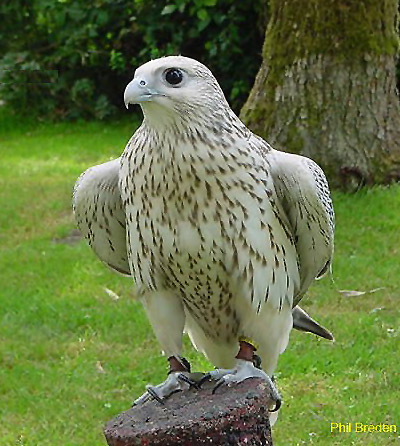
Latin Name Phoenicoparrus jamesi
Location South America
Colour Pinkish/White
Height Up to 1 m (3.25 ft)
Wingspan Approx. 1 m (3.25 ft)
Weight Up to 2 Kgs (4.5 lbs)
Life Expectancy Up to 40 Yrs
Puna Flamingos are one of three species of South American flamingo, the other two being the Andean Flamingo and the Chilean Flamingo.
They stand at heights up to 1 m (3.25 ft), they have a wingspan of approximately 1 m (3.25 ft) and they weigh up to 2 kgs (4.5 lbs).
They have pinkish white plumage with dark pink streaks on their back and at the base of their neck. As young birds they are grey in colour
but their plumage slowly turns pink as they mature.
They have a long neck and long, thin, dark red legs. Their downward curving beak is yellow in colour with a black tip.
Puna Flamingos have a loud honking call that is similar to that of a goose and they are unmistakable in flight with their long,
thin neck outstretched in front and their long legs outstretched behind them.
HabitatPuna Flamingos inhabit the salt lakes and lagoons of the Andes mountains.
They can be found together with
Andean Flamingos and Chilean Flamingos usually at altitudes of over 3,000 m (9,900 ft). During the winter they migrate
to lower altitudes but some remain at lakes where there are hot springs.
DietPuna Flamingos feed on diatoms such as algae.
They feed during the day in shallow water, walking slowly forwards
with their bill dipped just below the surface.
They are filter feeders and they use their specially adapted
beak and tongue to filter food from the water.
BreedingPuna Flamingos nest in colonies containing thousands of pairs.
They produce one chalky white egg that is laid on a mud mound in shallow water. Both parents incubate the egg which takes 27 - 31 days to hatch.
They will defend their nest during the breeding season, otherwise they are non-territorial.
After the chick first hatches they
are fed a substance called "crop milk" which comes from the parents' upper digestive tract. Either parent can feed the chick this way and other
flamingos can act as foster feeders. When the chicks are old enough to walk they gather together in creches that are watched over by a few adult birds.
By the time young flamingos reach 2 - 3 years of age they will have gained their full adult plumage.
PredatorsEgg collection and hunting were major threats to Puna Flamingos up until 1986.
Guards are now employed to protect these flamingos at one of their major breeding sites.
Interesting FactsThe
Puna Flamingo is also known as:
James's Flamingo
It was named after Harry Berkeley James.
It derives its common name from its habitat - "puna" is the
local word for high Andean plateau.
The
Puna Flamingo is closely related to the Andean Flamingo.
Flamingo comes from the latin word for flame.
The flamingo's characteristic pink colouring
is caused by the beta carotene in their diet.





